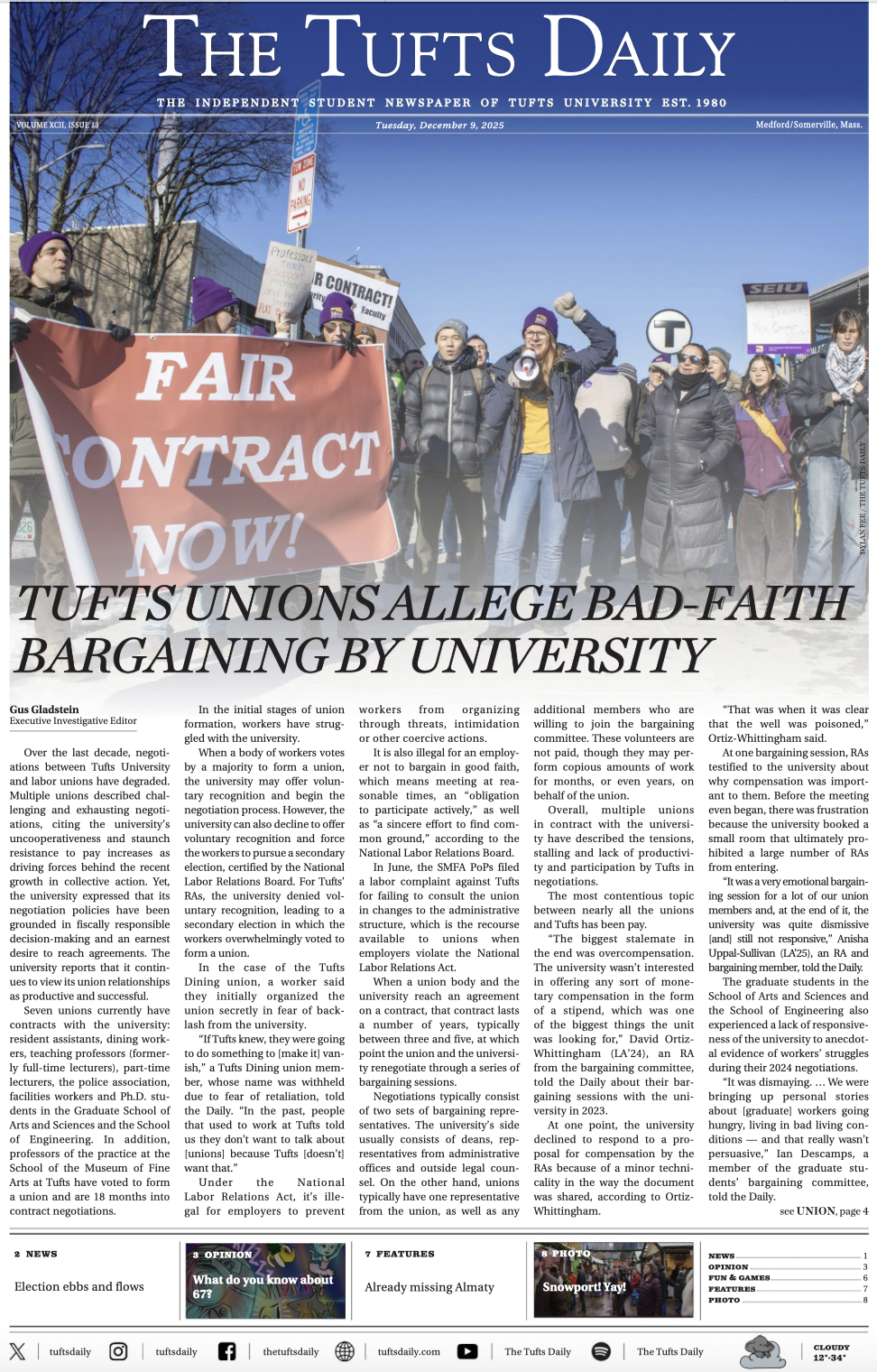In the summer of 2006, award-winning journalist and former Navy SEAL Kaj Larsen subjected himself to waterboarding, an interrogation technique that simulates drowning and is defined by the Geneva Convention as torture but which the United States supports.
Larsen spoke about the experience and gave a history of waterboarding during a lecture in Cabot Auditorium last night.
He also showed the feature that Current TV, the network for which he works, ran on his 24-minute "interrogation." The piece, which included footage from the experience, was picked up on major national news networks as the debate over "enhanced interrogation techniques" increased in the United States a few months ago.
Larsen said last night that use of the practice portrays the United States in a negative light. "Using waterboarding as a method of interrogation associates the United States with some of the most notorious regimes in history," he said.
The discussion was sponsored by the American Civil Liberties Union of Massachusetts and the Hugo Adam Bedau Fund for Civil Liberties at the Jonathan M. Tisch College of Citizenship and Public Service.
In one form of waterboarding, Larsen explained, interrogators place a cloth in a blindfolded and handcuffed captive's mouth and pour water on the cloth. The method can create the sensation of drowning as the captive inhales moisture from the cloth.
"You feel like you're shackled to the bottom of a pool," Larsen said, describing his experience.
The CIA has used waterboarding to extract information from terrorism suspects. International and U.S. laws both prohibit mock executions, a category under which many say waterboarding falls.
Larsen began his talk by explaining that waterboarding's origin was in the Middle Ages, when it was used to extract confessions during the Spanish Inquisition.
"Waterboarding is not a new phenomenon," he said.
Larsen cited other instances throughout history when waterboarding was employed, mentioning the technique's widespread use during the Cambodian genocide.
"The current technique of waterboarding that we know today was basically perfected in the Cambodian ... Khmer Rouge genocide, post-1975," he said.
In terms of United States policy, Larsen asserted that a memorandum about torture written in 2002 by then-Attorney General Alberto Gonzalez brought waterboarding into the forum of debate in the United States.
The memorandum "reversed a lot of the U.S. precedent in terms of these techniques," he said. "It took a very myopic view of what constitutes torture to include pain equivalent to death ... In short, it opened the legal door for enhanced interrogation techniques." Larsen said this kicked off a debate within the government and the human rights community.
Larsen decided to confront the issue of waterboarding after a trip to a Khmer Rouge-era prison in Cambodia, and he subjected himself to the technique after Sen. John McCain (R-Ariz.) began to press for changes to U.S. policies condoning waterboarding. Larsen had already been waterboarded once during training in the military.
There was not a big reaction after his report was shown on Current TV, Larsen said, until public interest in waterboarding was once again piqued during confirmation hearings for current Attorney General Michael Mukasey. At that time, a number of national news networks featured his reporting on the topic.
"I became ... the resident expert on waterboarding," Larsen said. "There was more of a true national debate about
the technique."
Currently, President George W. Bush supports allowing evidence collected through waterboarding to be used, while a bill has been introduced in Congress rejecting "coercive interrogation techniques," including waterboarding, Larsen said.
A question-and-answer session followed Larsen's presentation.





